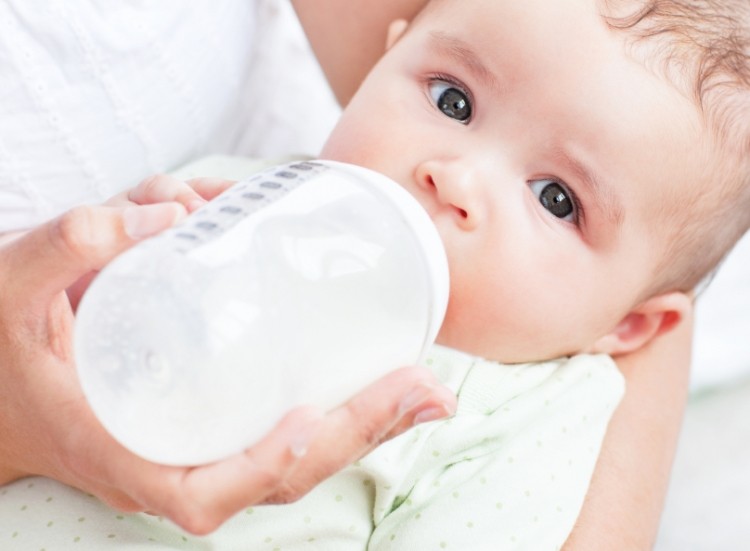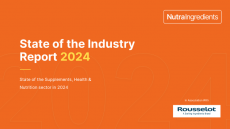EDITOR'S SPOTLIGHT: SCIENCE & REGULATION
Child nutrition experts make case for fatty acid rethink in infant formula

In a position paper, the European Academy of Paediatrics and the Child Health Foundation argue for the addition of the omega-6 fatty acid arachidonic acid (AA) of which there is currently no obligation.
The paper also wants to see the addition of AA in equal amounts to the omega-3 fatty acid docosahexaenoic acid (DHA) that the new standards say must be added to formula at concentrations 2-3 times higher than typically found in human milk.
“In contrast to the formula composition proposed by the new EU legislation, breastmilk always provides both DHA and arachidonic acid, with mean arachidonic acid levels being higher (0.5% of fat) than those of DHA (0.3%),” the experts say in a joint statement.
“Formula with high DHA but low arachidonic acid concentrations induced attenuated results of child development tests up to the age of 9 years.
“[The experts] strongly recommend providing infants, who are not or not fully breastfed, with infant formula that supplies both DHA and arachidonic acid, with at least the same amount of arachidonic acid as of DHA,” the experts add.
“Formulas with such a composition more similar to human milk have been shown to be suitable and safe in numerous studies and have been widely used for more than 20 years.”
Countdown to Feb 2020
The paper refers to impending regulatory standards (Commission Delegated Regulation 2016/127) for the EU, which state that from February 2020 onwards, these products marketed in the EU must contain 20–50 milligrams (mg) omega-3 DHA (22:6 Omega–3) per 100 kilocalories (kcal).
The amount represents around 0.5–1% of fatty acids and is higher than typically found in human milk and current infant formula products.
However, concerns are raised on this novel composition of formula for infants as suitability and safety has not been established in clinical studies.
The paper points out that reviewed studies suggest high DHA intakes without balanced amounts of AA may induce undesirable effects in infants, such as reduced AA concentrations in brain tissue and suboptimal neurodevelopment.
Its authors go on to recommend that infants should not be fed formula with high DHA contents but without AA unless a thorough evaluation has been performed and evaluated by independent scientific experts.
More research needed
“Breast-milk DHA in high fish-eating regions such as Japan may contain more than 1% DHA,” the paper concludes.
“Formulae that replicate these higher DHA amounts and with AA amounts more than 0.7% AA have not been tested; these should be clinically evaluated before market introduction.
“Well-designed clinical studies should evaluate the optimal intakes of DHA and AA in infants at different ages based on relevant outcomes, such as safety, growth, neurodevelopment, and immune development.
“The second half of the first year of life deserves specific attention because common weaning foods during this period generally provide only small amounts of DHA and AA.
“We recommend investment of public research funding to enable the execution of adequately designed and powered clinical studies.”
Source: The American Journal of Clinical Nutrition,
Published online: doi.org/10.1093/ajcn/nqz252
“Should formula for infants provide arachidonic acid along with DHA? A position paper of the European Academy of Paediatrics and the Child Health Foundation.”
Authors: Berthold Koletzko et al.















